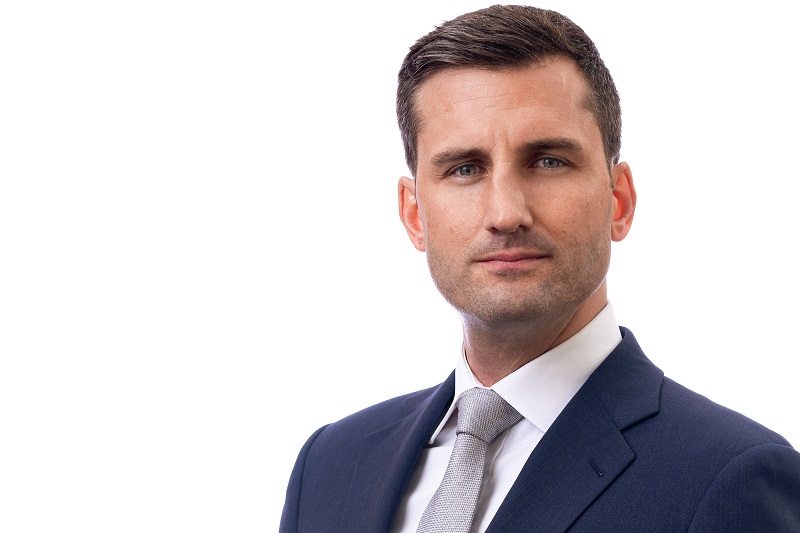Workplace bullying is a battle between those with power and those with less, explains Thom Dennis, Founder & CEO at change management consultancy Serenity in Leadership.
Unsurprisingly, workplace bullying affects the personal health of the victim, but it also impacts the organisation’s wellbeing, he explains. “You get higher absence and illness rates because people are staying away and productivity goes down; there’s also lower morale and poor performance.”
Dennis calls the above symptoms of bullying the “manifestation of fear” which leads to trauma as victims feel caught in not only an unpleasant situation, but especially if the bully is a manager, they can feel trapped at the lower end of the power dynamic, and unable to say or do anything.
While the victims of workplace bullying can be minority groups, including people of colour, those with disabilities and women, identifying the perpetrators is trickier as bullying behaviours can be accepted by the culture of the organisation itself.
Workplace bullying: condoned behaviours, perpetrators, and victims
Dennis says many businesses condone bullying in fast-paced targets and bonus driven environments, especially if the employee is high performing.
As a culture change facilitator, he’s been contacted by HR functions in such businesses, who explain that the bully is creating issues, but the difficulty is they’re producing results. “In other words, they’re saying how can you make this unpleasant person nicer without interfering with them making the numbers?”
These accepted behaviours are reminiscent of the city firm culture of yesteryear, which Dennis confirms is less tolerated today but warns that in sectors where “money is the major driver,” there is a risk that the “unpleasant aspects of human nature” will crop up.
However, he’s not saying that all financially driven companies condone bullying. In fact, Dennis describes the culture in the many tech start-ups he’s met, which are often led by driven people, as “very enlightened and inclusive.” In contrast, the businesses he knows that are led by driven individuals that “take no prisoners” have older patriarchal environments more akin to 1950s firms.
On the topic of more traditional work environments, would dismantling hierarchies eradicate workplace bullying? Establishing a flat organisation is one idea, but Dennis says it can’t guarantee a bully-proof environment: “It depends, as they’re often quite siloed. You might find that things are going on in other parts of the business that you don’t know about.”
Regardless, he believes that the insidious nature of bullying means it can occur in all types of organisations and because it’s often one-on-one, it can be hard to pick up on.
While minority groups can be the common victims of workplace bullying, they can be the bullies too. Here, Dennis refers to a 2021 US workplace bullying Institute survey which found that a third of bullies were female. He calls this “Queen-bee syndrome” and the “expression of ambition” wherein some women are meaner to each other than their male counterparts. “These women see that the only way they can progress is by being like men, so they emulate male or masculine traits.”
Dennis calls empathy and sympathy more feminine behaviours. He explains that in a “dysfunctional masculine workplace,” these are lacking, with women feeling pressure to conform and prone to adopting bad behaviours to move up.
He thinks this poor behaviour emulation is something of a tragedy for future leader skillsets, which he says will be about vulnerability and “the courage that goes with empathy and compassion,” particularly since the pandemic, with the effects on the workplace set to play out for a long time.
Leading on culture change
Dennis believes that eradicating embedded bullying behaviours requires a culture change, which is something he is used to helping firms achieve. This starts, he says, with senior leadership living by new and inclusive values and leading by example.
“Whenever I work with an organisation, and we focus on values, I always say to leaders we’ve decided what the values are now, so go away and live them for six months. Don’t announce them, just live them. Then when you introduce them, people will say, oh, it feels like we’re already doing this.”
The spearheading of this change by leadership is crucial, he continues, as many have been “wilfully blind” to bad behaviour and often unwilling to intervene. “This is about senior management looking to themselves and saying, how are we behaving? What is our role? What role models are we?”
When dealing with an active bullying incident, the question of what department should deal with it is a complicated one. The usual reaction is to look to HR, but Dennis partly disagrees: “HR is in a difficult situation,” he says. “There are very few HR people who are actually trained in how to deal with bullying.” Dennis explains they require specific training on bullying as a psychological damage issue, which is something he hasn’t seen much of in the UK.
Another barrier to HR effectively dealing with bullying is their relative lack of organisational influence, says Dennis. “One of the difficulties of HR is they sit in a place in the organisation where they are frequently powerless. So, they need to be empowered, respected and listened to, and the best way to do that is to have the head of HR in the C-Suite with direct access to the CEO.”
“Second is that it isn’t just about HR, again, this is about senior management,” he adds, while also explaining that diversity and inclusion (D&I) professionals have a central part to play too: “If there’s a D&I person, they shouldn’t be in HR but separate, and they should also be at the same level as the head of HR. I talk to all these D&I people, and they’re lovely people, but they have no power. While these key people are regarded just as an overhead, their value to the business will be disparaged and progress will be hard to achieve.”









